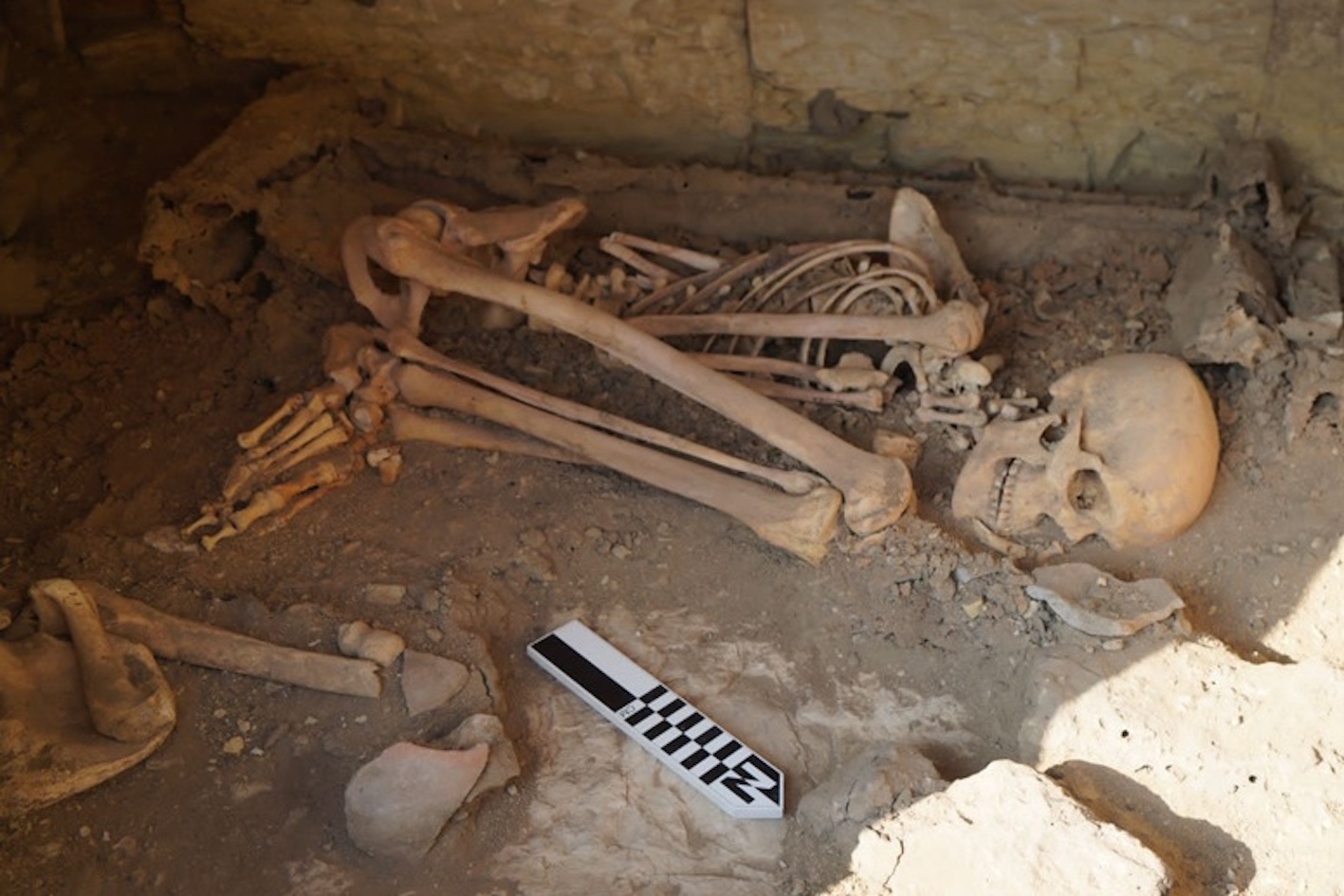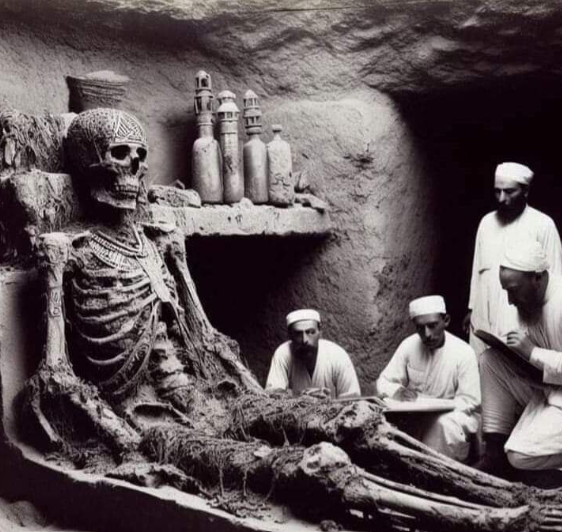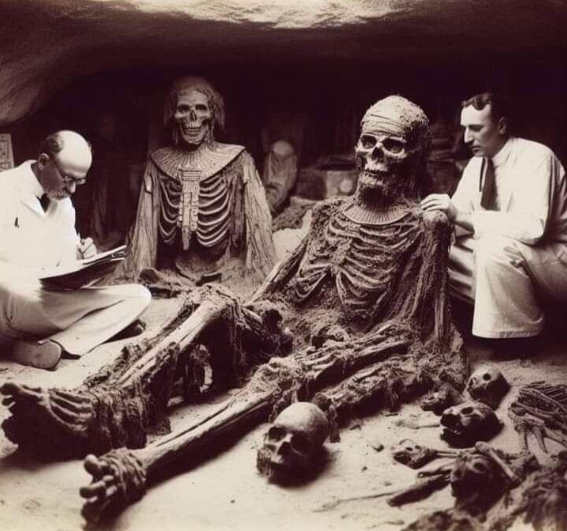The enigmatic corridors of ancient history unveil the remnants of colossal pharaohs and their giant mummies, stirring fascination and intrigue. Among the captivating narratives of this era is the 1920s, a period marked by the unearthing of these mysterious figures, adding layers of complexity to the story.

The 1920s witnessed a significant surge in archaeological exploration in Egypt, leading to astonishing discoveries, including mummies of pharaohs believed to be of immense stature. These towering figures defy conventional understanding, casting a veil of mystique over the reign of ancient Egyptian rulers.
Unveiling the Secrets of the Mummies
As time gradually unfolds its secrets, the mummies of these colossal pharaohs pose a tantalizing puzzle to archaeologists and historians alike. The extraordinary dimensions of these mummies challenge norms, sparking speculation about the existence of larger-than-life rulers in ancient Egypt, shrouded in myth and legend.

The opulence of pharaoh burials:
The colossal mummies unearthed in the 1920s were often linked to extravagant burial practices, showcasing the splendor and luxury reserved for esteemed pharaohs. Lavish tombs and chambers adorned with riches reflected the reverence bestowed upon these larger-than-life rulers, whose legacies appeared to transcend mortal bounds.
The fusion of myth and reality:
As the discovery of gigantic pharaoh mummies unfolded, the distinction between myth and reality blurred. Ancient Egyptian mythology intertwined with historical accounts, giving rise to tales of pharaohs wielding not only political authority but also physical stature that set them apart as legendary figures.
The impact of archaeological advancements:
The 1920s witnessed significant strides in archaeological techniques, enabling researchers to delve deeper into the secrets concealed within ancient Egyptian tombs. Detailed X-ray scans and meticulous documentation shed light on the intricate details of the mummies of colossal pharaohs, providing insights into the lives of these rulers who once reigned over the Nile Valley.

The legacy of the giant pharaohs:
While the 1920s marked a pinnacle in the discovery of mummies belonging to colossal pharaohs, the legacy of these monumental rulers extends far beyond the confines of their tomb chambers. The allure of their immense stature and the enigmatic tales surrounding their reigns have captivated scholars and researchers, prompting investigations into the hidden secrets of ancient Egypt.
Conclusion:
The mummies of gigantic pharaohs unearthed in the 1920s serve as poignant reminders of the revelations outlined in this discourse, shedding light on our understanding of ancient civilizations. As we traverse the corridors of time, the mysteries surrounding these colossal rulers beckon us to delve deeper into the complexities of their existence and the cultural tapestry that interwove myth and reality in the land of the Pharaohs. The legacy of the giant pharaohs endures, compelling us to unravel the enigmas they left behind in the sands of Egypt.





